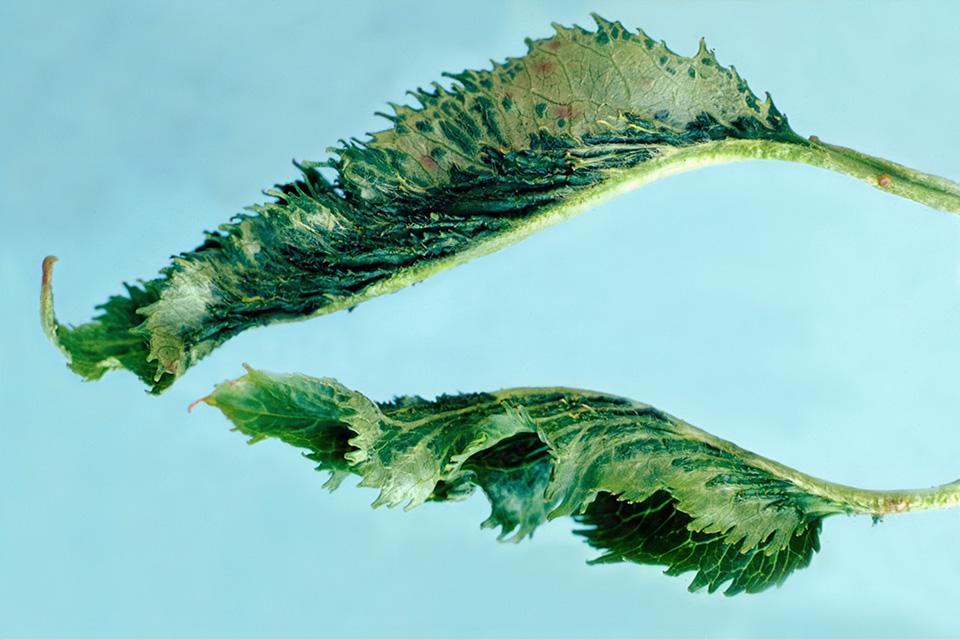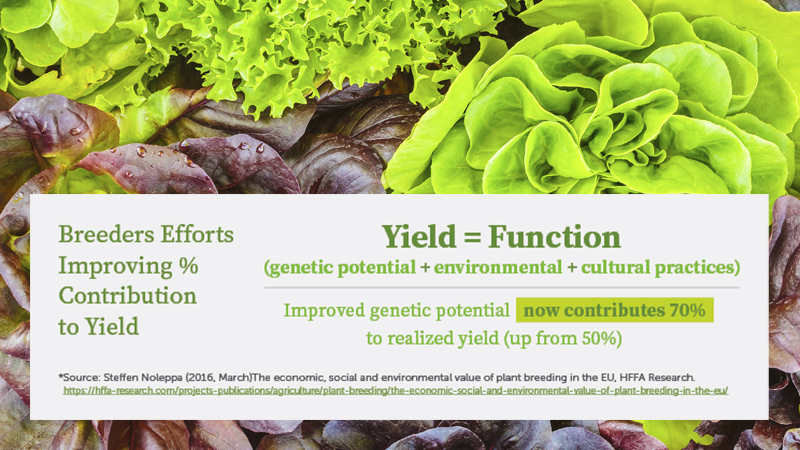Look Beyond X-Disease for Possible Problems in Your Cherry Crops
Washington State last year experienced the coolest April ever recorded. In turn, the region’s cherry industry dealt with several viruses that were not named X-disease or little cherry virus.
Scott Harper, an Assistant Professor of Virology at Washington State University, welcomed the opportunity to discuss “other viruses” at the annual North Central Washington Tree Fruit Days.
“We had a really cool spring last year, and this meant we saw a couple of viruses we hadn’t seen for a couple years,” Harper says. “We thought it was a good time to remind you that these things are out there, they exist, they matter because they have long-term effects on the productivity of your orchards.
“As we get out of the X-disease problem and get this thing under control, some of these other viruses are going to come back, and we’re going to see more of them because we’ll be replanting.”
With the forecast calling for another cool spring in the Pacific Northwest (PNW), Harper warns of five viruses known to frequent the region:
Prune dwarf virus (PDV) and prunus necrotic ringspot virus (PNRSV): Growers who have one of these viruses probably have both, according to Harper. They are ubiquitous in the PNW and are transmitted by propagation or root-grafting between neighboring trees and also by pollen, which is a “nuisance,” Harper says. Approximately 50% of all older plantings have PDV and PNRSV.
“It’s probably higher. These things are everywhere,” Harper says. “There’s a lot of infected trees shooting out infected pollen, and there’s a lot of it landing on your trees. Over time it’s almost a certainty that it’s probably going to wind up in your trees.”
Both viruses cause long-term damage to trees in terms of decreasing yield, growth, and productivity. Of note, their symptoms can resemble those of little cherry disease. PDV can also cause fruit deformation.
PDV foliar symptoms appear in cold springs and include mottling, chlorotic rings, and distortion. PNRSV also appears early in the growing season in the form of distortion, ring or line patterns, and shot holes.
Controlling the diseases is difficult, Harper says. Eight years of investigation have fallen short, he adds.
“It’s not a significant enough pathogen to eradicate an orchard, but it’s something where the long-term annoying symptoms get worse and worse as the seasons go on, as the years go on, and you start to see significant impact in your growth and productivity, particularly as trees get 10 years past infection.”
Trees should be removed if cherry leaf roll virus (CLRV) is also present. Declining trees should also be removed. “If you see something infected, please get rid of it,” Harper says.
Cherry leaf roll virus (CLRV): Also transmitted by propagation or root-grafting between neighboring trees, CLRV can additionally spread by seed and by pollen. Nematode transmission is suspected but not proven.
CLRV is characterized by leaf rolling and leaf/bud rosetting. The virus also causes long-term dieback of affected trees.
“This is a very slow pathogen,” Harper says. “This is not X-disease, which takes three or four seasons to really hit you. This takes 10 to 20 years to really hit you. If you’re hanging onto an old orchard, you’ll start to see these symptoms of dieback on bare limbs. One side of the tree is bare. Nothing is growing on it. It’s just dead, and gradually that will become the entire tree. We’ve had a couple pockets of this in Oregon lately. It’s around.”
Again, removal of infected trees is urged. Clonal or certified seedling rootstocks are recommended, as is fumigation between plantings to eliminate live root pieces in the soil.
Cherry rasp leaf virus (CRLV): Distribution of the disease is scattered. Again, bad planting material transmits the virus. However, CRLV differs in that it is transmitted by the dagger nematode. Growers who find this primary vector in their orchards have “got a problem.” Symptoms include “rasp” — tattered edges and twisting of leaves — and enations (small lumps) on the lower surface of affected leaves.
“When you get temperatures in the spring below 60 degrees, below 65, this thing starts showing up,” Harper says. “It likes the cold. It doesn’t like it when it’s hot.”

Symptoms of cherry rasp leaf virus infection in cherry.
Photo by R. Stace-Smith, Bugwood.org
CRLV can cause decline and dieback of individual limbs, particularly on lower parts of the tree. If infected in the first or second leaf, trees will become stunted. Control relies on tree or orchard removal, fumigation, and leaving the site fallow.
“If you do have CRLV established in your field, you’re going to have to fumigate between plantings to get rid of as many of those nematodes as you can,” Harper says. “It’s not guaranteed — getting rid of nematodes completely is a hard thing to do in an orchard — but killing us off as much of the generation that is carrying that virus is very important for helping clear it.”
Tomato ringspot virus (ToRSV): In cherry, ToRSV has scattered distribution in Washington and Oregon. Unfortunately, it infects “absolutely everything,” Harper says, from weeds and row crops to grapes and cherries. “There are very few plants it can’t get into. It’s horrible.” Dagger nematodes and other nematodes transmit the virus.
ToRSV boasts several diagnostic symptoms in cherry, including: Eola rasp leaf; stem pitting (depressions in the wood) and necrosis near the graft union; small, immature fruit, which can be confused with little cherry disease, and gradual decline and dieback.
“This can kill a tree. Of all the diseases I’m talking about, this is probably the worst,” Harper says. “This is a pretty nasty thing if you get it established in the field.”
Herbicide treatment followed by fumigation is critical when replanting, according to Harper. Fields should be left fallow (with additional herbicide treatments) to allow for the nematode population to clear the virus.
Harper recommends testing through diagnostic labs that specialize in viruses. March through May is the best time to do so, he says. Tree removal followed by fumigation is the best option to break the nematode cycle.










